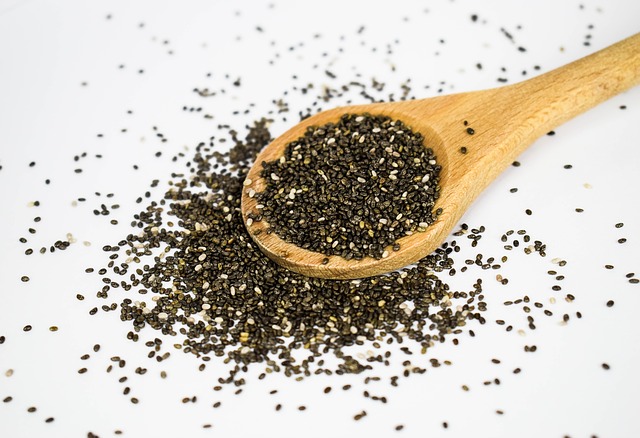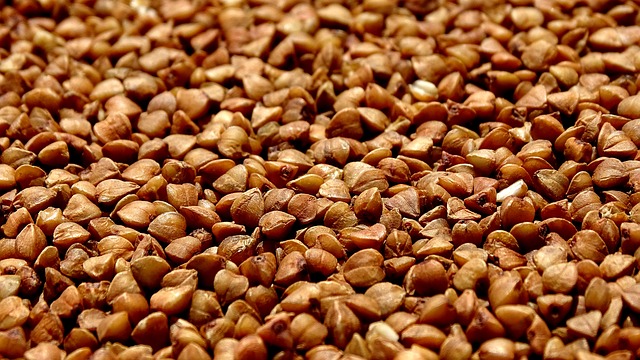by Paula Daeppen, AWC Zurich
I can imagine that nearly everyone who is reading this article is already doing many things to help preserve the viability of our planet. Whether it be recycling, avoiding plastic, composting waste, shopping with reusable bags, taking public transportation or driving fuel-efficient vehicles, with our choices, we try to do our part.
At the same time, most of us are also concerned about our own physical health. We want to eat healthfully and well. We have all heard that a diet rich in plant-based foods and with fewer animal-sourced foods will contribute to improved personal health, as well as having urgently needed environmental benefits. Eating healthfully should be a “win-win” situation for both people and planet.
A healthy diet within safe planetary boundaries for food production has to take at least six factors into consideration:
1. Is the product environmentally friendly?
2. Have soil and water been contaminated?
3. How many natural resources were used up?
4. Has it had a negative effect on biodiversity?
5. What was the social impact of its production on humans and animals?
6. What effect has its production had on the lives and health of the local population?
The production cycles behind a lot of the “healthy” foods that we consume can have serious consequences for our planet and the people who produce them.
Are superfoods really super?
Everyone is talking about “superfoods,” and we are told to eat things rich in nutrients, like avocados from Mexico, chia seeds from Central or South America, goji berries from  China and Tibet, quinoa from Bolivia and other fashionable foods. We are told that these (usually expensive) super foods are better than competing items in providing health benefits ranging from fighting disease or aiding in digestion to promoting brain or heart health. In our excitement about these claims, we forget the dark side of their production – the long transport, cultivation in areas suffering from drought, deforestation, the working conditions of the farmers and the use of pesticides. The foods themselves are not the problem, but the social and environmental footprint of their production is.
China and Tibet, quinoa from Bolivia and other fashionable foods. We are told that these (usually expensive) super foods are better than competing items in providing health benefits ranging from fighting disease or aiding in digestion to promoting brain or heart health. In our excitement about these claims, we forget the dark side of their production – the long transport, cultivation in areas suffering from drought, deforestation, the working conditions of the farmers and the use of pesticides. The foods themselves are not the problem, but the social and environmental footprint of their production is.
Food does not have to come from exotic places to be healthy. There are wonderful alternatives in our own gardens, available from local farmers or on the shelves in our local organic shops. According to the Worldwatch Institute, transporting food is one of the fastest-growing sources of greenhouse gas emissions. Each year, 817 million tons of food are shipped around the planet. The result is that a basic diet of imported products can use four times the energy and produce four times the emissions of an equivalent domestic diet!
The blood diamond of Mexico
There are many superfoods that are taking a bite out of the planet. One of them is the much-loved avocado. The demand for avocados in Europe has more than tripled in the past 10 years. One third of all the avocados that are consumed worldwide come from Mexico. The Irish star chef JP McMahon calls the avocado the blood diamond of Mexico. Every year, 4000 hectares of forest are destroyed to make room for more avocado plantations.
It takes approximately 1150 liters of water to produce 1 kilo of avocados. On top of that, an estimated 850 liters of water are needed for production, storage and transport. The dark side of this is that less water makes its way into rivers. In Mexico and also in Chile, rivers have completely dried up as a result of the avocado boom. Avocados are also produced in California, where there is a long-term water shortage. Once it is harvested, the heavy fruit also has to be shipped from the tropics and kept cool en route.
There is really no replacement alternative for the taste and versatility of this fruit, but those who do not want to give up avocados completely can look for organic and fair-traded avocados and make this a special treat that is consumed only occasionally.
Grains and seeds from afar
For many of the other so-called superfoods, we can find good alternatives in our local shops that are less exotic and less expensive. It seems that today the most popular grains and seeds are those from afar – like quinoa from the Andes or chia, the "super seed" of the Aztecs and Maya.
Quinoa is a nutrient-dense, gluten-free pseudo grain (actually a seed) which has been grown by indigenous peasants for thousands of years. With the burgeoning demand in Europe and the US for healthy, gluten-free grains, quinoa has become very popular.
The dark side of this boom is that today most Bolivians can no longer afford to consume their traditional grain, which is now grown for export rather than local consumption. The change in the traditional diet has made the quinoa-growing region of the country the most malnourished. The area also faces decreased soil fertility, as farmers mine their soil to grow quinoa year after year to meet Western demand, instead of using traditional methods of rotating crops with llama pasture to restore fertility and prevent erosion.
 The situation with the expensive and climate-sensitive chia seeds is similar. Chia is grown mostly in Central or South America, requiring long transport to reach most of consumers who want this luxury superfood.
The situation with the expensive and climate-sensitive chia seeds is similar. Chia is grown mostly in Central or South America, requiring long transport to reach most of consumers who want this luxury superfood.
The joke is that most of us can have locally grown vitamin bombs with the same benefits for a fraction of the environmental price. Linseed is an excellent alternative to chia, as are walnuts and rapeseed oil. We have plenty of healthy grains grown closer to home ‒ like barley, oats or the gluten-free buckwheat ‒ that are good for us and the planet.
Planetary boundaries for food
We can make a powerful statement against the malnutrition and environmental devastation caused by industrial export farming by spending our money at home, supporting small farmers who use good land management practices to maintain fertile soils and produce high-quality, local food. Labels need to be read and questions asked about sources. We need to become mindful shoppers and consumers, giving as much thought to the planetary effects of what we eat as we do to our own health.
An important new report by the EAT-Lancet Commission states that “food is the single strongest lever to optimize human health and environmental sustainability on earth” and shows that feeding 10 billion people a healthy diet within safe planetary boundaries for food production by 2050 is both possible and necessary. How food is produced, what is consumed and how much is lost or wasted affect the health of people and the planet. “Global consumption of fruits, vegetables, nuts and legumes will have to double, and consumption of foods such as red meat and sugar will have to be reduced by more than 50%." The summary report is available here.
Other sources:

